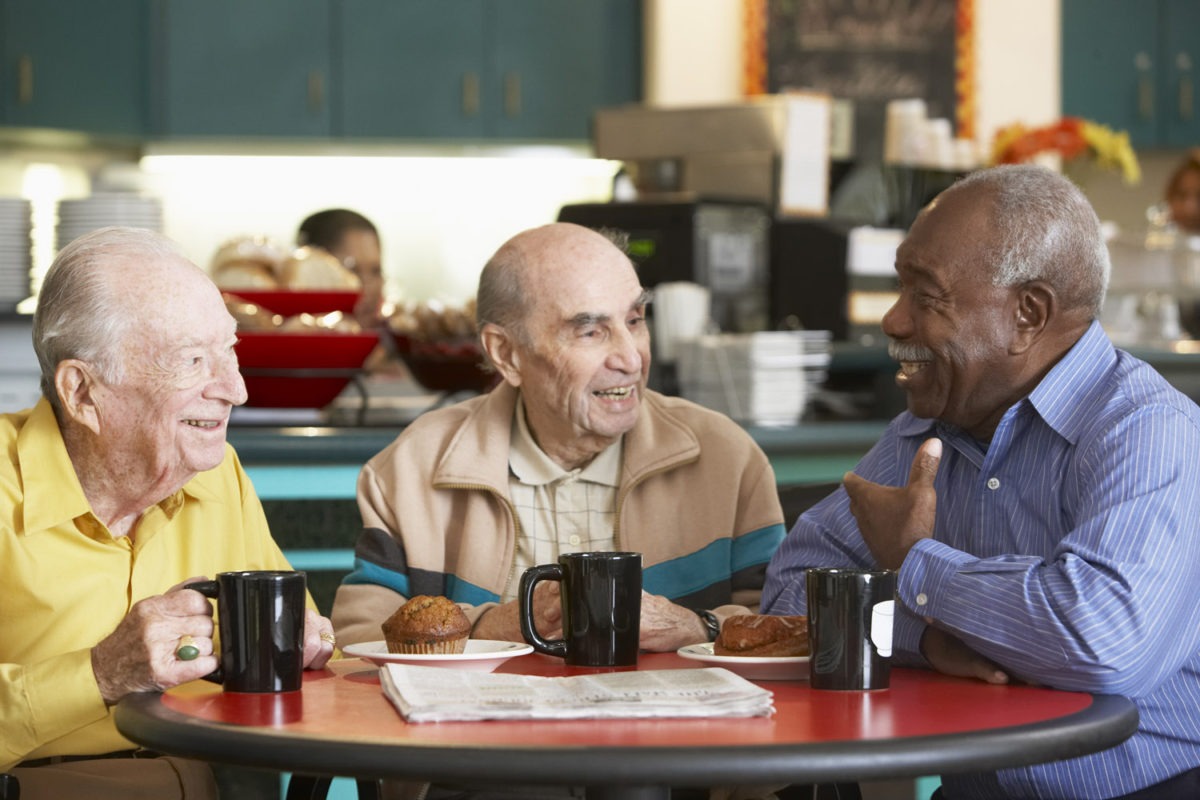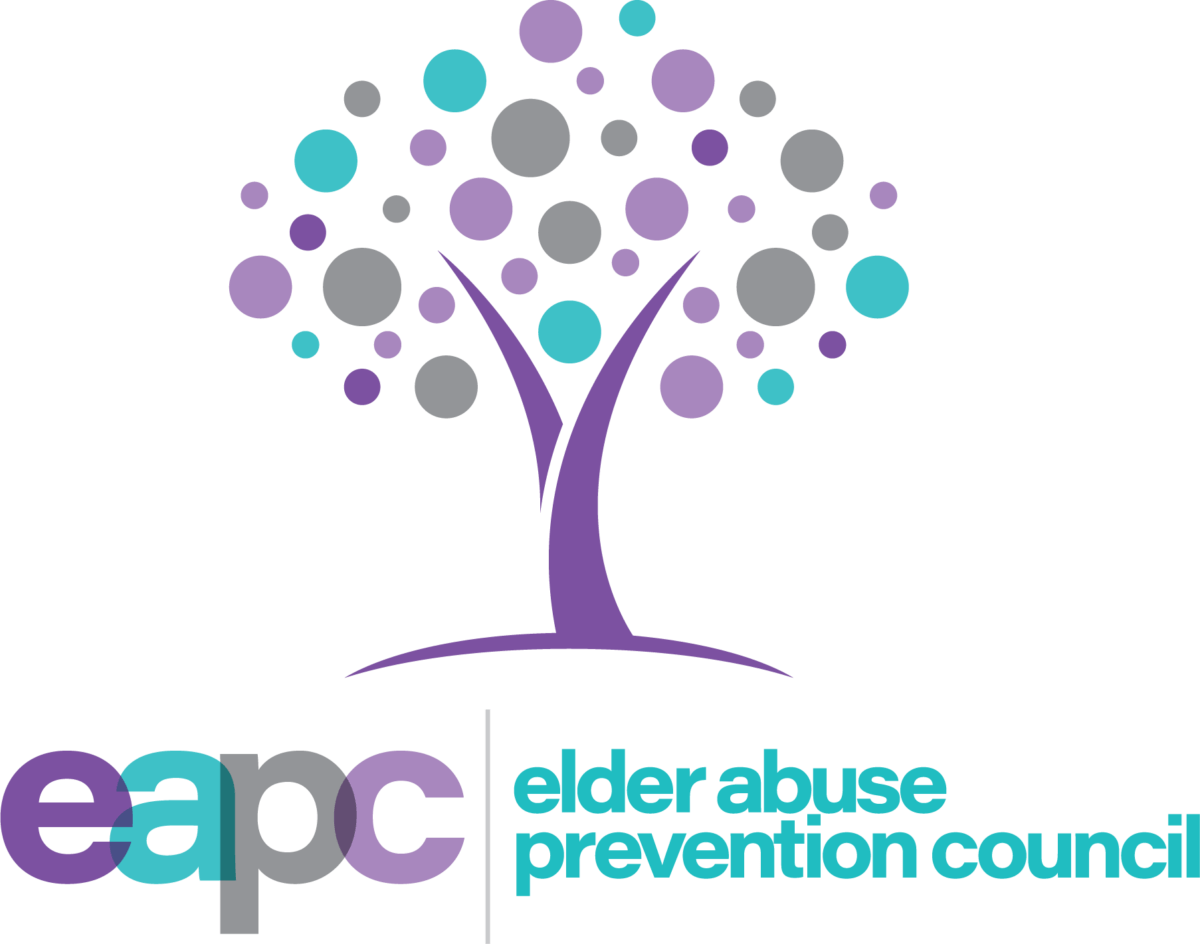What Is Elder Abuse?
Elder abuse is defined as a single or repeated act, or lack thereof, by a person of trust (a spouse, a child, another family member, a friend, or a paid caregiver) that causes harm or distress to an older person. It can happen to seniors from all walks of life, but tends to occur most often to those who are socially isolated or dependent.
Types of Elder Abuse
The most common types of elder abuse are financial, emotional, physical, sexual, and neglect. In many instances more than one type of elder abuse is present and rarely is it an isolated incident.
Financial abuse – withholding money, theft, coercing changes in wills, misuse of power of attorney
Emotional abuse – threatening, bullying, name-calling, humiliating, treating an older person like a child
Physical abuse – pushing, shaking, hitting, rough-handling, deliberate over-/under-medication
Sexual abuse – sexually molesting, unwanted sexual activity
Neglect – failing to provide adequate food, drink or medical attention
Elder Abuse in Numbers
While it’s difficult to estimate the full extent of elder abuse in Canada due to underreporting and insufficient data, it is estimated that between 8-10% of Canadian seniors experience some form of abuse every year. This translates to more than 200,000 older adults in Ontario alone who are experiencing or at risk of elder abuse.[1]
Risk Factors
With an aging population, elder abuse is a growing public health concern and a complex social issue. Risk factors known to increase the risk of elder abuse go far beyond the individual or interpersonal level and extend to a community and societal level.
Keep reading…



